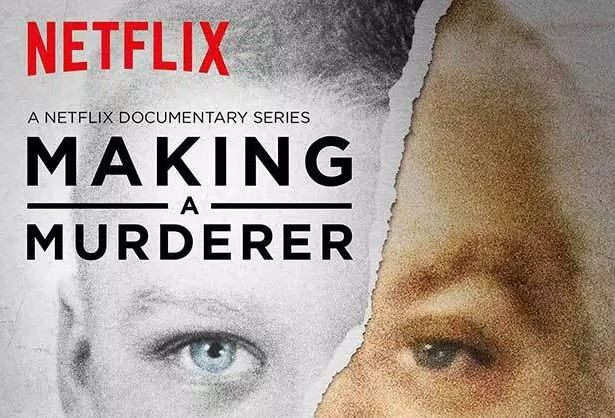‘Making A Murderer’ Update: Netflix Steven Avery Documentary Criticized In New Teresa Halbach Murder Book

A new book responding to the Netflix crime documentary “Making a Murderer” criticizes the series’ alleged bias, saying it distorted the facts surrounding the murder of Teresa Halbach in Manitowoc County, Wisconsin, in 2005, an ABC News affiliate reported Wednesday. The series follows Steven Avery, who spent 18 years in prison for a rape he didn't commit, only to be convicted of Halbach's murder four years after his exoneration. It also aims to reveal the ways in which law enforcement may have framed him for the murder.
The book criticizing “Making a Murderer,” entitled “Rush to Judgment,” aims to offer a “fuller view of the evidence,” according to its author Jessica McBride, who is a columnist for OnMilwaukee.com. “When I started looking into the case file for OnMilwaukee.com, I was rather shocked to see how much the documentary distorted things,” McBride told ABC News, saying that her book would “lead people to a different conclusion than Netflix did.”
Steven Avery was convicted of the brutal rape of a local woman in Manitowoc County in 1985. Avery was identified by the victim from a lineup and could not confirm his alibi, though he claimed to have been with family. He would spend 18 years in jail maintaining his innocence, finally to be released after DNA evidence exonerated him.
The disturbing allegation about Steven Avery that Netflix's #MakingAMurderer totally ignores https://t.co/qIM0bLRvFs pic.twitter.com/fSC8sUrMPG
— Business Insider (@businessinsider) February 12, 2016
Upon his release, Avery filed a $36 million lawsuit against the Manitowoc County Sheriff's Department for his wrongful conviction. Avery was convicted in 2007 for the 2005 murder of Halbach, a Wisconsin photographer, as his civil suit was still pending, and the series portrays the murder conviction as retribution for Avery’s legal action against the sheriff’s department.
Many journalists have criticized the series for leaving out key pieces of evidence and only including elements that make Avery appear innocent. McBride points to evidence concerning Halbach’s phone, her blood vials and other details that were either left out or misrepresented in the Netflix docuseries, she says.
© Copyright IBTimes 2025. All rights reserved.






















